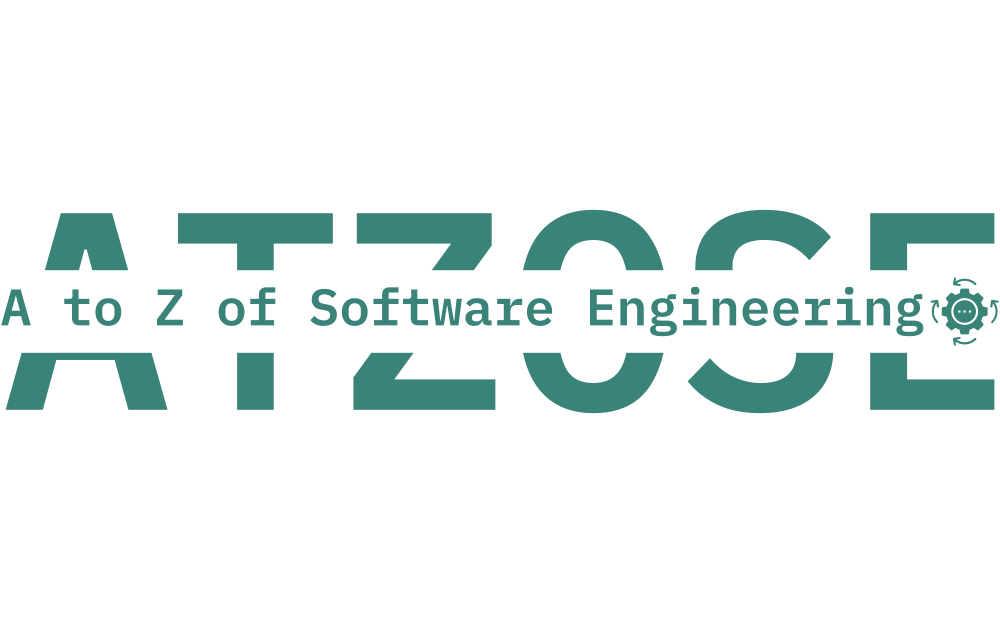Building a modern web application requires a strategic approach to frontend and backend development. By combining React.js for the frontend, Java with Spring Boot for the backend, and MongoDB as the database, we can create a scalable and efficient architecture. This guide will walk you through each step of the development process, from frontend design to backend implementation and database management.
Frontend with React.js:
Component-Based Architecture:
One of the key strengths of React.js is its component-based architecture. Components are modular, reusable, and encapsulate specific functionalities. This makes the codebase more maintainable and allows for easier collaboration among developers.
// Example of a React functional component
import React from 'react';
const MyComponent = () => {
// Component logic here
return (
<div>
{/* JSX for rendering */}
</div>
);
};
export default MyComponent;
State Management:
Managing state in a React application becomes crucial as the complexity grows. Integrate a state management library like Redux to handle global state efficiently. This ensures a single source of truth for the application state.
// Example of a Redux action
const increment = () => {
return {
type: 'INCREMENT',
};
};
Routing:
Implement client-side routing using React Router. This allows for navigation without a full page reload, providing a smoother user experience.
// Example of React Router usage
import { BrowserRouter as Router, Route, Switch } from 'react-router-dom';
const App = () => {
return (
<Router>
<Switch>
<Route path="/home" component={Home} />
<Route path="/about" component={About} />
</Switch>
</Router>
);
};
Responsive Design:
Ensure the application is responsive by using CSS frameworks like Bootstrap or Tailwind CSS. This guarantees a consistent user experience across various devices, from desktops to mobile devices.
<!-- Example of using Bootstrap -->
<link
rel="stylesheet"
href="https://maxcdn.bootstrapcdn.com/bootstrap/4.5.2/css/bootstrap.min.css"
integrity="sha384-Gn5384xqQ1aoWXA+058RXPxPg6fy4IWvTNh0E263XmFcJlSAwiGgFAW/dAiS6JXm"
crossorigin="anonymous"
/>
API Integration:
Communicate with the backend using asynchronous requests. Utilize Fetch API or Axios to retrieve and update data from the server.
// Example using Fetch API
fetch('https://api.example.com/data')
.then(response => response.json())
.then(data => console.log(data))
.catch(error => console.error('Error:', error));
Security:
Implement security best practices on the frontend, such as using HTTPS, validating user inputs, and protecting against common web vulnerabilities. Ensure that sensitive data is handled securely.
Backend with Java (Spring Boot):
Spring Boot Overview:
Spring Boot simplifies the development of Java applications, providing a convention-over-configuration approach. It offers a set of tools and frameworks for building robust and scalable backend services.
RESTful API:
Design a RESTful API to facilitate communication between the frontend and backend. Adhere to REST principles for clear and standardized interactions.
// Example of a Spring Boot REST controller
@RestController
@RequestMapping("/api")
public class MyController {
@GetMapping("/data")
public ResponseEntity<String> getData() {
// Controller logic here
return ResponseEntity.ok("Hello from the server!");
}
}
Authentication and Authorization:
Implement user authentication using a secure mechanism like JWT. Enforce proper authorization to control access to resources based on user roles and permissions.
// Example of JWT authentication in Spring Security
// (Note: This is a simplified example. Use a library like Spring Security for robust authentication.)
Database Integration:
Integrate MongoDB with the backend using the official MongoDB Java driver or Spring Data MongoDB. Establish a connection and perform CRUD operations.
// Example of Spring Data MongoDB repository
public interface UserRepository extends MongoRepository<User, String> {
// Custom queries or methods
User findByUsername(String username);
}
Validation and Error Handling:
Implement input validation to ensure data integrity and proper error handling to provide meaningful feedback to clients. Use validation annotations and handle exceptions gracefully.
// Example of Spring MVC validation
@PostMapping("/create")
public ResponseEntity<String> createUser(@Valid @RequestBody User user) {
// Controller logic here
return ResponseEntity.ok("User created successfully");
}
Caching and Optimization:
Consider implementing caching mechanisms, such as using Redis, for frequently accessed data to improve performance. Optimize database queries for efficiency by utilizing indexes and avoiding unnecessary operations.
// Example of caching in Spring Boot with Redis
// (Note: This is a simplified example. Use a caching library for production scenarios.)
Database with MongoDB:
Document-Oriented Schema:
Leverage MongoDB’s document-oriented database structure. Design collections based on the application’s data model and requirements.
// Example MongoDB document
{
"_id": "12345",
"username": "john_doe",
"email": "john@example.com",
"age": 30
}
Indexes:
Create appropriate indexes to enhance query performance. Indexes significantly improve the speed of data retrieval operations.
// Example of creating an index in MongoDB
db.users.createIndex({ username: 1 });
Data Validation:
Utilize MongoDB’s validation features to enforce data integrity at the database level. Define rules to ensure that data conforms to the expected structure.
// Example of creating a validation rule in MongoDB
db.createCollection("users", {
validator: {
$jsonSchema: {
bsonType: "object",
required: ["username", "email"],
properties: {
username: {
bsonType: "string",
description: "must be a string and is required",
},
email: {
bsonType: "string",
pattern: "^[a-zA-Z0-9._%+-]+@[a-zA-Z0-9.-]+\\.[a-zA-Z]{2,}$",
description: "must be a valid email address and is required",
},
},
},
},
});
Replication and Sharding (Optional):
Consider implementing replication for high availability and sharding for horizontal scaling, depending on the application’s expected load. This enhances fault tolerance and performance.
// Example of setting up replication in MongoDB
// (Note: This is a simplified example. Refer to MongoDB documentation for production deployment.)
Deployment:
Containerization:
Use containerization tools like Docker to package the application and its dependencies for consistent deployment across various environments. Docker containers encapsulate the application, ensuring consistency and ease of deployment.
# Example Dockerfile for a Spring Boot application
FROM openjdk:11-jre-slim
COPY target/my-app.jar /app/
CMD ["java", "-jar", "/app/my-app.jar"]
Orchestration (Optional):
Employ orchestration tools like Kubernetes for containerized application management, scalability, and maintainability. Kubernetes automates deployment, scaling, and management of containerized applications.
# Example Kubernetes deployment configuration
apiVersion: apps/v1
kind: Deployment
metadata:
name: my-app
spec:
replicas: 3
selector:
matchLabels:
app: my-app
template:
metadata:
labels:
app: my-app
spec:
containers:
- name: my-app
image: my-app:latest
CI/CD:
Implement CI/CD pipelines to automate the testing, building, and deployment processes. Continuous Integration ensures that code changes are regularly integrated and tested, while Continuous Deployment automates the release of new versions.
# Example CI/CD pipeline configuration (e.g., using Jenkins)
stages:
- name: Build
script:
- npm install
- npm run build
- name: Test
script:
- npm test
- name: Deploy
script:
- docker build -t my-app:latest .
- docker push my-app:latest
Monitoring and Logging:
Set up monitoring and logging tools to track application performance, detect issues, and troubleshoot in real-time. Tools like Prometheus for monitoring and ELK (Elasticsearch, Logstash, Kibana) for logging can be valuable additions.
# Example Prometheus configuration for monitoring Spring Boot application
# (Note: Additional configuration and setup are required for a complete monitoring solution.)
Conclusion:
Building a modern web application involves a careful balance of frontend and backend technologies. React.js, Java with Spring Boot, and MongoDB provide a powerful combination for creating scalable, efficient, and maintainable applications. By following the principles outlined in this guide, you can lay the foundation for a robust web application that meets the demands of today’s dynamic digital landscape. Happy coding!
Please subscribe to our posts at www.AToZOfSoftwareEngineering.blog.
Follow our podcasts and videos available on YouTube, Spotify, and other popular platforms.
Have a great reading, viewing, and listening experience!





























Leave a comment